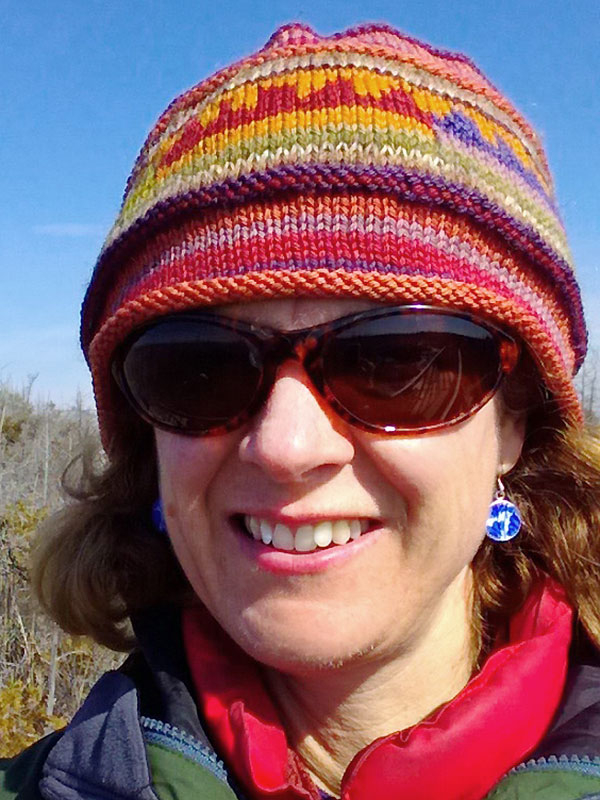
Erica Young
Education
- PhD, Algal Physiology, Monash University, Australia, 1999
- BSc Honours, First Class-Plant Biochemistry, University of Western Australia, 1988
- BSc, Plant Biology, University of Western Australia, 1987
Website
http://people.uwm.edu/ebyoung/
Research Interests
The research in my lab focuses on the ecophysiology of photosynthesis, nutrient acquisition and nutrient limitation in plants, algae and microbes in ecosystem scales from coastal oceans to large lakes to small ponds to micro-ecosystems associated with carnivorous pitcher plants. A key area is Phosphorus Acquisition by freshwater phytoplankton, benthic filamentous algae and bacteria. Our research includes examining expression and function of alkaline phosphatase (AP), use of a range of organic P sources, and the ecological role of viral lysis of bacteria and phytoplankton in release of P in freshwater ecosystems. We are also examining use of natural algal assemblages to strip nutrients from wastewater and produce biomass for biofuels production. In the lab, we employ physiological measurements of metabolic processes including nutrient fluxes, photosynthesis and respiration, enzyme activity and expression, molecular analysis of genes involved in acquisition, assimilation and cycling of nutrients, and genetic analysis of nutrient transformations by microbes. Physiological stress in algae is examined using cell staining assays and chlorophyll a fluorescence with PAM fluorometry and epifluorescence microscopy. The role of viral lysis in P cycling is being examined in field, laboratory and modeling experiments. My research interests also include inorganic carbon acquisition by algae and regulation by variable light, carbon dioxide and nutrient availability.